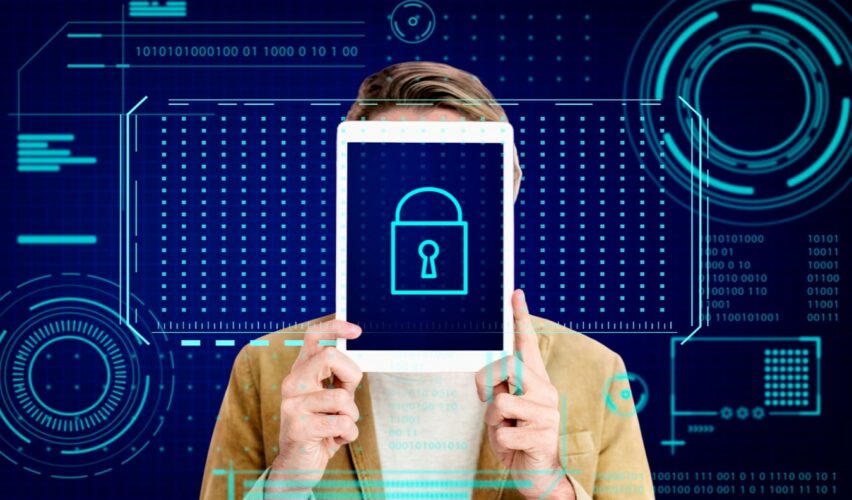In the modern digital era, businesses heavily rely on technology to handle their day-to-day operations, making data protection a paramount concern. As cybercriminals continuously refine their tactics, it is imperative for every company to stay updated on the latest cybersecurity trends in order to safeguard their valuable data and assets. This article explores the prominent cybersecurity trends that all companies should be familiar with in 2023 to bolster their security measures.
Amid the ever-changing cyber threat landscape, businesses must adapt and reinforce their cybersecurity strategies. While technological advancements have granted us access to unprecedented amounts of data, this convenience also exposes us to heightened risks of cyberattacks and security breaches. Let us delve into the significant cybersecurity trends that will shape the landscape in 2023 and beyond.
Importance of Cybersecurity for Businesses
Before delving into the specific trends that are shaping the cybersecurity landscape, it is of utmost importance to fully grasp the significance of cybersecurity for businesses in today’s digital age. A single cyberattack can unleash a torrent of devastating consequences, ranging from severe financial losses to irreparable reputational damage and even potential legal repercussions. To safeguard against such dire outcomes, companies must proactively invest in comprehensive and robust cybersecurity measures. These proactive measures serve as a protective shield, ensuring the safety and integrity of sensitive data, customer information, and valuable intellectual property and preventing them from falling into the hands of malicious actors with nefarious intent.
Ransomware-as-a-Service (RaaS): A Growing Threat
Ransomware attacks have seen a significant surge in recent years, where cybercriminals encrypt a victim’s data and demand a ransom for its release. In 2023, we can expect the emergence of Ransomware-as-a-Service (RaaS) platforms, making it easier for cybercriminals to launch ransomware attacks. To counter RaaS threats, companies must adopt good cyber hygiene practises and create a robust security strategy.
AI-Powered Attacks: Outsmarting Traditional Security Measures
Artificial intelligence (AI) has changed the game for both individuals and organisations. Regrettably, fraudsters are also using AI to create increasingly complex assaults. Attacks driven by AI that eschew conventional security measures are predicted to increase in 2023. AI has the ability to construct malware that can change how it behaves to avoid detection by security tools and produce convincing phishing emails. To effectively prevent such attacks, businesses must maintain vigilance and implement AI-enabled threat detection systems.
Supply Chain Attacks: Targeting the Weakest Link
With businesses relying on a network of suppliers and partners, the risk of supply chain attacks increases. Cybercriminals target third-party vendors and service providers to gain access to their customer’s systems and data. In 2023, we can expect more supply chain attacks as cybercriminals seek to exploit the weakest link in an organization’s security chain. To mitigate this risk, companies must assess the security posture of their vendors and partners and implement robust security measures throughout the supply chain.
Application Security: Safeguarding Software and Data
The shift of businesses online has highlighted the importance of application security. Every application is susceptible to hacking, zero-day attacks, and identity theft. Ensuring application security demands professionals write secure code, design secure application architecture, implement robust data entry verification, and promptly address vulnerabilities to prevent unauthorised access or modification of application resources.
Cloud Security: Securing Data in the Cloud
Cloud solutions have witnessed a significant increase in demand, especially after the COVID-19 outbreak. While cloud data storage offers convenience and faster accessibility, it also brings the need to secure data during transmission and storage. Companies must implement robust cloud security measures to prevent unauthorised access to sensitive data.
Mobile Security: Protecting Devices on the Go
With the increasing reliance on mobile devices, they have become potential targets for cyberattacks. Cybercriminals exploit opportunities in e-commerce, banking services, and online booking, making mobile phones a prime target. Companies must focus on enhancing mobile security to safeguard sensitive data stored on these devices.
Internet of Things (IoT) Security: Securing Smart Devices
The proliferation of IoT devices in homes and businesses has introduced new cybersecurity challenges. Smart devices, homes, and voice assistants have become integral to our lives, but each device can be hacked and taken over by a cybercriminal. As the number of connected devices increases, so does the potential attack surface. Strengthening IoT security is vital to prevent unauthorised access to these devices.
Identity Fabric Immunity: Strengthening Identity Systems
Identity fabric immunity applies the concept of digital immune systems to identity systems. By investing in prevention, detection, and response, companies can minimise defects and failures, ensuring protection before and during attacks. Strengthening identity systems is crucial to thwarting identity-related cyber threats effectively.
Human-Centric Security Design: Educating Employees for Better Security
Employees play a pivotal role in an organization’s cybersecurity defences. Human-centric security design emphasises the importance of educating employees about cybersecurity best practises. By raising awareness about potential threats and implementing security training programmes, companies can create a security-aware workforce.
Enhancing People Management in Organisations A Crucial Aspect of Cybersecurity
A successful people management strategy is crucial for a strong cybersecurity programme. Employing cybersecurity specialists must be a top priority for businesses, as must funding their ongoing education and advancement. For the overall security posture, it is also critical to give staff the tools and resources they need to stay current on cybersecurity developments.
Conclusion
As cyber threats continue to evolve, businesses must stay one step ahead to protect their sensitive data and assets. The cybersecurity trends discussed in this article are vital for organisations to enhance their security measures and safeguard their digital ecosystem. By adopting a proactive and comprehensive approach to cybersecurity, businesses can mitigate risks and build a resilient defence against cyberattacks.

